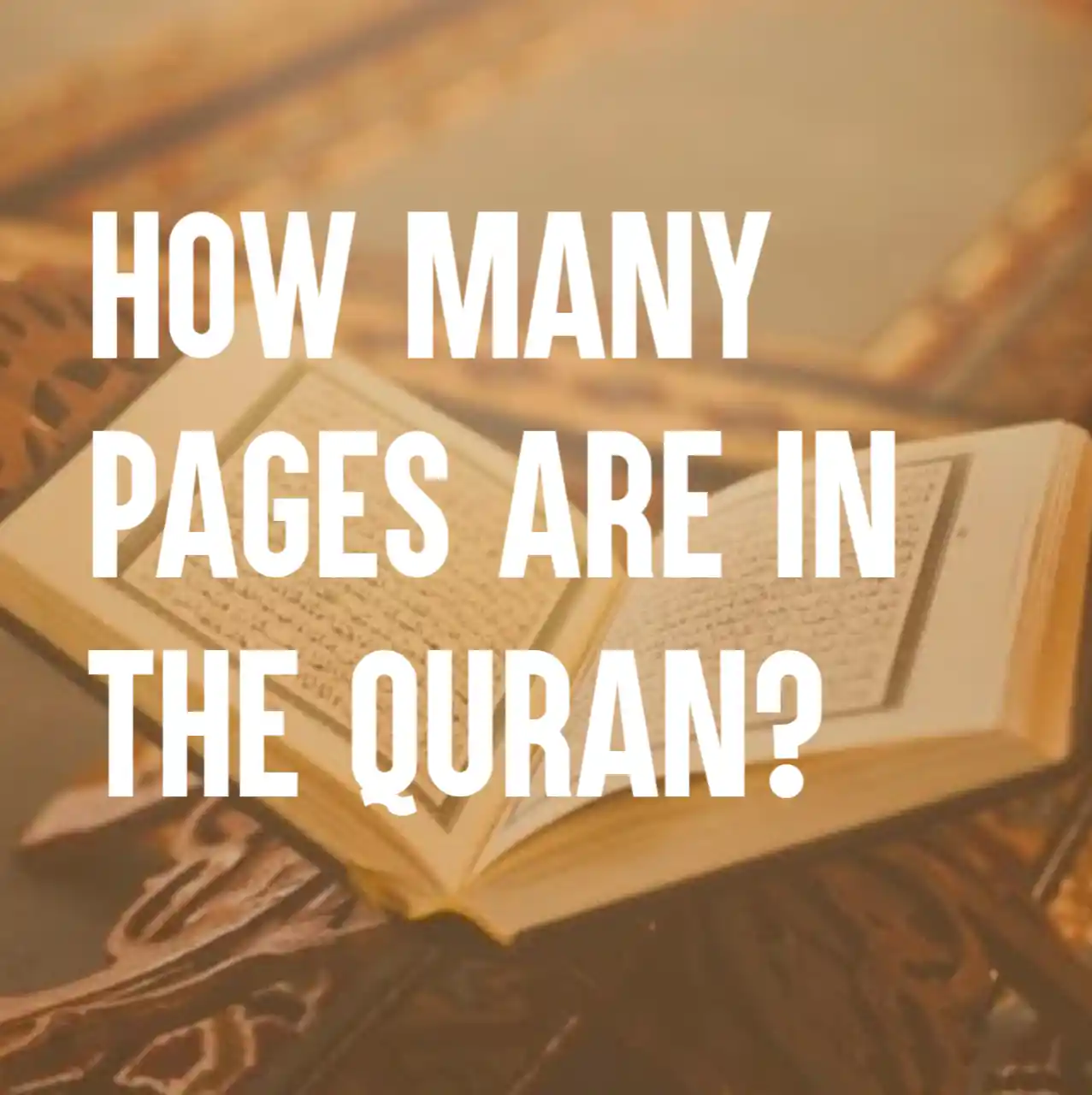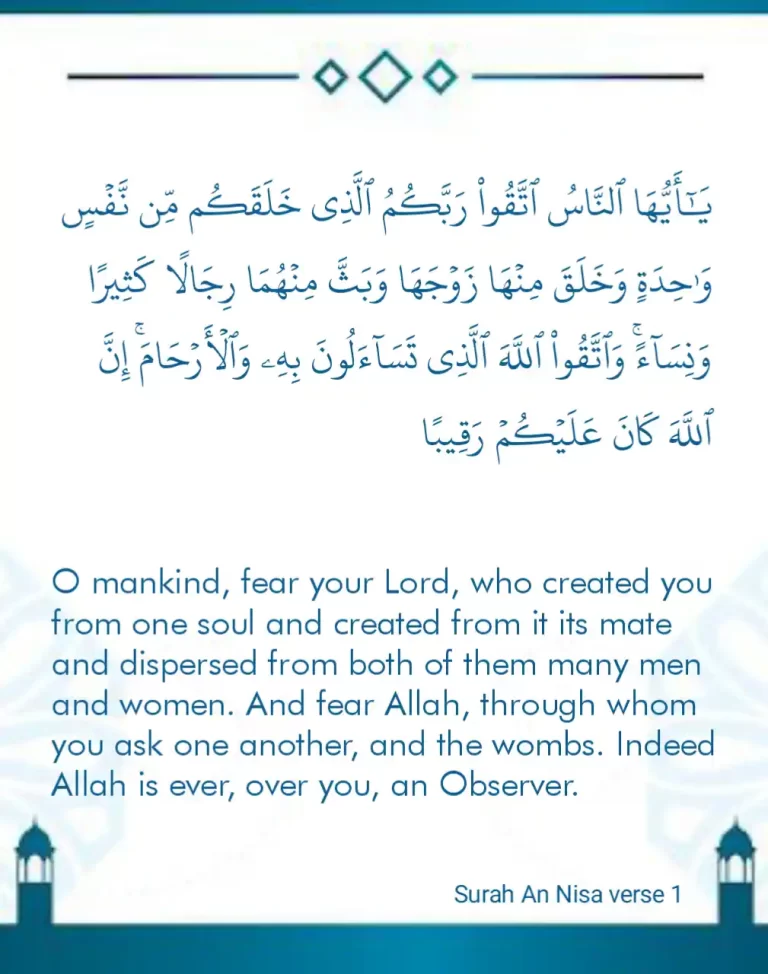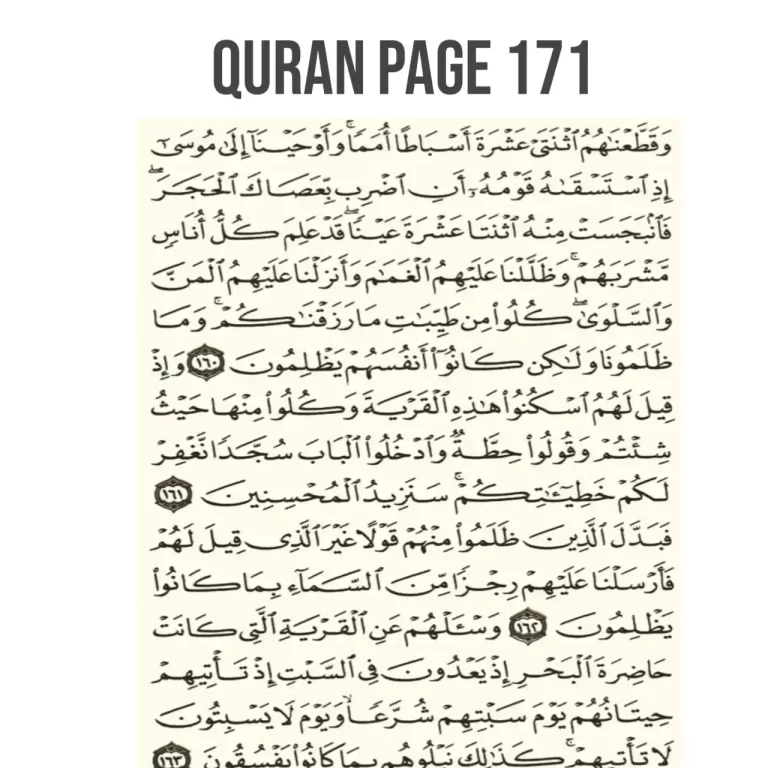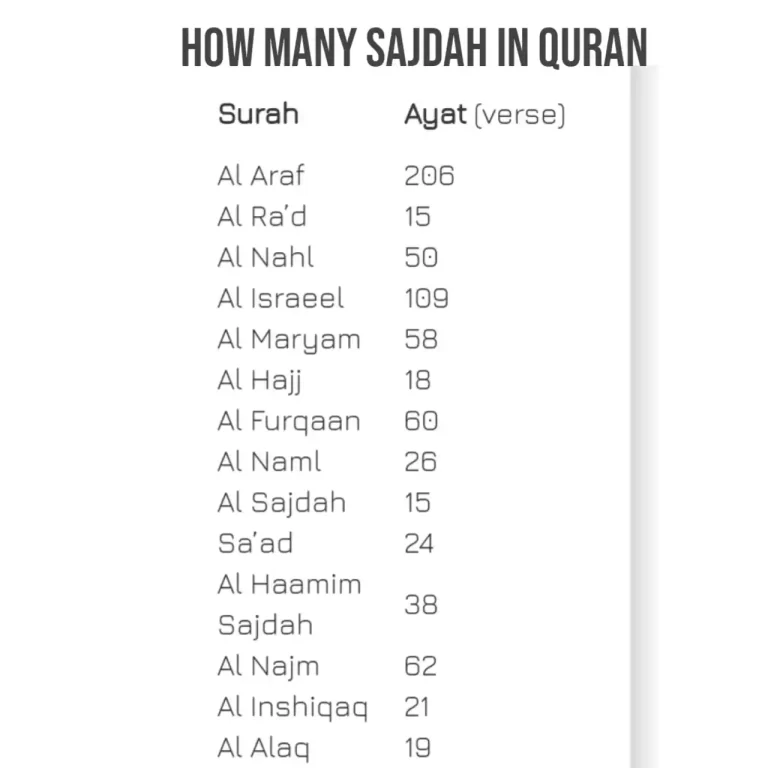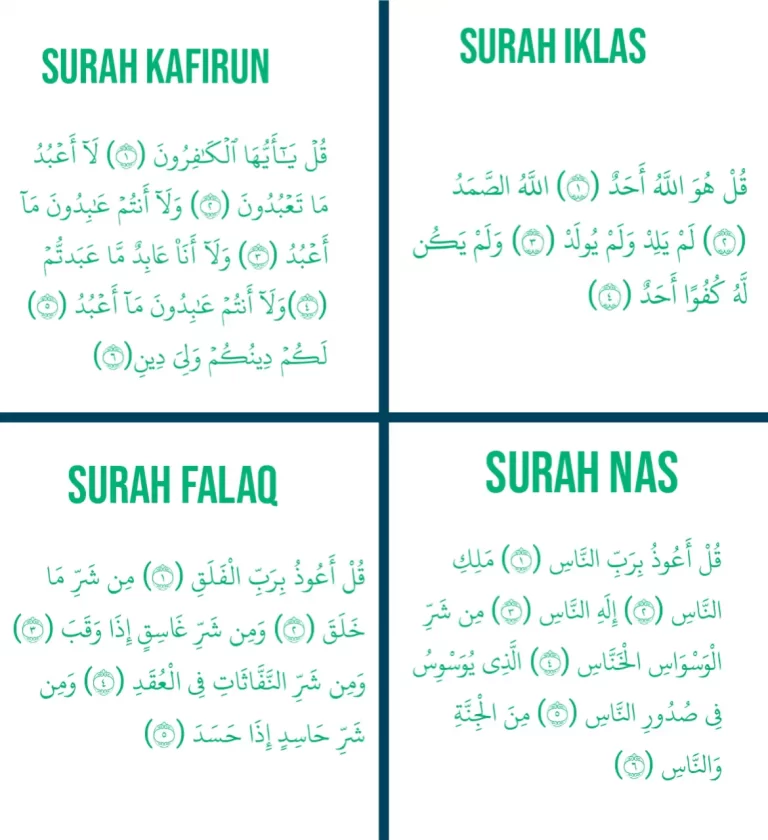How Many Pages Are In The Quran?
Advertisements
How many pages are in the Quran? The Noble Qur’an is the word of Allah revealed to the prophet Muhammad SAW. It is a miracle to Prophet Muhammad, peace be upon him, to guide people and bring them out from ignorance to true faith.
It was revealed in special periods and circumstances known as the reasons for its revelation, and the Holy Qur’an was started to reveal in Makkah al-Mukarramah before the Hijrah to Madina.
The Holy Qur’an is the eternal miracle with which Allah challenged all the Arabs, to come up with the like of it or ten chapters of it, or to come up with only one surah and were unable, despite their eloquence in the Arabic language.
How Many Pages Are In The Quran?
The number of pages in the Quran is up to 604 pages, starting with Surat Al-Fatihah and ending with Surat Al-Nas. There are many copies and editions of the Holy Qur’an, but the Ottoman Qur’an is dominant in all Arab and Islamic countries.
The number of pages of other copies of the Qur’an is less or more than a few pages. However, the numbers of its verses and surahs are fixed and do not change.
Advertisements
The Holy Qur’an is divided into a number of parts (juz in Arabic). There are thirty parts, and each part is divided into eight quarters.
The number of juz of the Noble Qur’an is 30, and one part is two hizb.
The number of Hizb in the Noble Qur’an is 60, and the juz is divided into 4 (rub’) quarters.
The number of quarters of the Qur’an is 240 quarters.
The number of verses of the Noble Qur’an is 6236 verses.
Advertisements
The words of the Quran are 77,934. While The number of its letters is 323670.
The number of pages for a part of the Noble Qur’an is fixed, and it is approximately 20 pages for each part.
The number of revealed surahs in the Noble Qur’an is 114.
The surahs are divided into Meccan surahs and Medinan surahs, and this division is due to the place where the surah was revealed in Mecca or Medina.
The period of revelation in Makkah was 13 years, during which two-thirds of the Qur’an was revealed.
The period of revelation in Medina was 10 years, during which the last third of the Qur’an was revealed.
Surah Al-Fatihah is the first chapter of the Qur’an and it is number one in the order of the Qur’an.
The last surah in the Qur’an is Surat An-Nas and its number is 114.
With this, the number of surahs of the Noble Qur’an is 114 surahs or chapters.
Sections of the Qur’an
The Noble Quran has four sections:
- The long surahs: They are the seven longest surahs in the Holy Qur’an, which are: Surah Al-Baqara, Al-Imran, An-Nisa, Al-Ma’idah, Al-An’am, Al-A’raf, Al-Anfal, and Al-Tawbah.
- Al-Mu’un: These are the surahs whose verses are more than a hundred verses or close to them.
- Al-Mathani: It is the one that follows the percentile in a number of verses.
- Al-Mofassal: Surah Al-Mofassal starts from the beginning of Surah Qaaf to the end of the Qur’an.
The longest surah of the Noble Qur’an is Surat Al-Baqara, which is the second surah in the order of the Qur’an, and the number of its verses is 286.
The shortest surah of the Noble Qur’an is Surah Al-Kawthar, and it’s number 108 in the Quran and has only three verses.
Muslims believe that the verses of Quran were meticulously recorded by specially nominated scribes and that it has been preserved in the manner in which it was revealed, with no loss or alteration.
The Holy Qur’an was revealed to the Prophet Muhammad over a period of twenty three years, with the first revelations occurring in the month of Ramadan in 610 AD, during the Nights of Destiny.
But how did the Qur’an reach us in its final form today? Who compiled the Qur’an and why?
Muslims believe that because the Holy Qur’an was the cornerstone of the Prophet’s divine mission and stated miracle, its verses were meticulously recorded by specially nominated scribes and that it has been maintained in its original form in which it was revealed, without any loss or distortion.
Following revelations, Muhammad SAW would tell the verses to his companions, who would then memorize or write them down.
In the early days of Islam, reciting poems from memory was widespread practice since Muslims had powerful recollections and prided themselves on a strong oral heritage.
However, because there were so few individuals who could read and write, the Prophet chose scribes, known as kuttb al-way, to record the verses as they were revealed.
He also instructed them exactly where the verse was to be set in a chapter, as there was always the assumption that this was to be ‘a Book’ like past scriptures.
Because the Prophet was so dedicated to encouraging writing, the number of literate Muslims grew gradually. He accomplished this through a variety of techniques.
- Firstly, he enlisted the help of prisoners of war to educate Muslims how to read and write in exchange for their freedom.
- Secondly, in addition to revelation, he requested scribes to write letters, contracts, war records, and treaties.
- Thirdly, in addition to memorization, he emphasized reciting from written text.
As a result, by the time the Prophet SAW died, there were numerous scattered extracts and complete copies of the Qur’an in individual ownership, and Muslims argue about who collated it into one cohesive whole text.
According to a hadith in Sahih Bukhari, Abu Bakr ordered the collection of the written pieces and parchments of the Qur’an into one book after over 400 Quran memorizers were killed in two battles. According to the Hadith, Abu Bakr told Zaid ibn Thabit:
You should look for and collect fragmentary scripts of the Qur’an (in one Book).
Zaid Said:
So I began compiling the Qur’an by gathering it from the leafless stalks of the date palm tree, as well as from pieces of leather and hides, stones, and men’s chests (who had memorized the Qur’an)… The manuscripts of the Qur’an remained with Abu Bakr till Allah took him unto Him. Then it remained with Umar till Allah took him unto Him, and then with Hafsa bintUmar. (Sahih Bukhari Book 93, Hadith 53)
Despite the compilation, there was no immediate rush by Muslims to obtain this codex, as it is believed that copies of the Quran were available among Muslims.
During the Caliphate of Uthman, which began twenty years after Prophet Muhammad’s death, the Caliphate had expanded significantly into Iraq, Syria, Egypt, and Iran, with a variety of languages and dialects spoken throughout the region, creating a perceived need for clarification for the recitation of the Holy Quran.
According to Sahih Al-Bukhari, Hudhayfah ibn Yaman was concerned about how the people of Iraq and Sham recited the Quran differently.
Uthman thus ordered the manuscripts of the Quran from Hafsa in order to have them assembled into a single unified codex.
He appointed a committee of four people to transcribe a master copy of the Qur’an. The four people are Zaid ibn Thabit, Abdullah ibn Zubair, Said bin Al-Aas, and Abdurrahman Ibn Al Haritha.
More members were added to the group, bringing the total to twelve, with Ubayy in charge.
When the book was finished, Uthman sent copies to Kufa, Basra, and Damascus, as well as keeping one at Medina.
The majority of historians and experts believe that this is the Quran that we have today, with the 114 surahs in the same sequence, albeit it is contested whether the current arrangement was instructed by the Prophet before his death, or decided by his companions later.
Uthman also sent an expert qari with every mushaf so that he could serve as a teacher.
The Prophet, peace and blessings be upon him, commanded us not to abandon the reading of the Qur’an, because of its many virtues and benefits that bring the servant closer to his Lord and bring blessings, goodness, peace, and tranquility to the Muslim.
Advertisements

